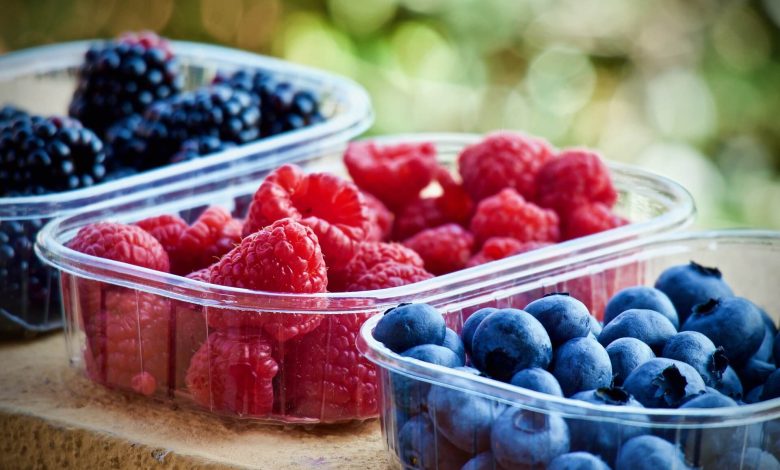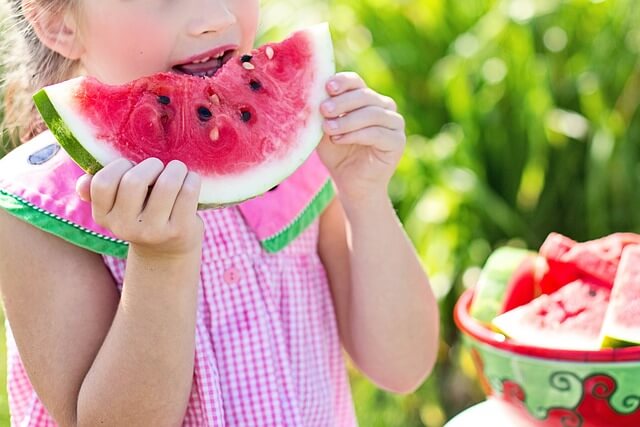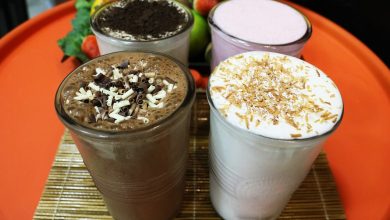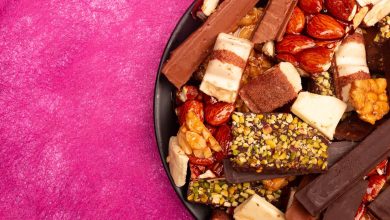15 Best Documentaries About Keto Diet Plan

Introduction
Are you searching for a diet plan that can help you shed those extra pounds and improve your overall health? Look no further than the keto diet! This high-fat, low-carb diet has gained immense popularity in recent years due to its proven effectiveness in weight loss and disease prevention. But with so many documentaries out there, it can be challenging to decide which ones are worth watching. Don’t worry; we’ve got you covered!
In this blog post, we have curated a list of the 15 best documentaries about the keto diet plan that will help you understand how it works and why it’s worth considering. So grab some popcorn, sit back, and get ready to learn about this revolutionary way of eating!
What is the keto diet?
The keto diet is a high-fat, low-carb eating plan that has gained immense popularity in recent years. The main aim of the keto diet is to put your body into a state of ketosis, where it burns fat for fuel instead of carbohydrates.
When following this diet, you must significantly reduce your intake of carbs and replace them with healthy fats such as avocado, nuts and seeds. This forces your body to enter into ketosis, which can lead to rapid weight loss.
However, it’s important to note that the keto diet isn’t just about losing weight – it has also been shown to have numerous health benefits such as improving insulin sensitivity and reducing inflammation in the body.
Despite its many benefits, the keto diet may not be suitable for everyone. It requires strict adherence and can be challenging for those who are used to consuming a lot of carbs. Additionally, some people may experience side effects such as headaches or fatigue when starting out on this type of eating plan.
While the keto diet may not be for everyone, it can provide significant health benefits for those who are able to stick with it long-term.

The Different Types of Keto Diets
The keto diet is not a one-size-fits-all approach. There are various types of keto diets, each with its own unique characteristics that can cater to different needs and goals.
The Standard Ketogenic Diet (SKD) is the most common type of keto diet. It involves consuming high amounts of healthy fats, moderate protein intake, and very low carb consumption. This type of diet puts the body into a state of ketosis where it burns fat for energy instead of carbohydrates.
The Targeted Ketogenic Diet (TKD) allows individuals to consume carbs around their workouts while maintaining a low-carb lifestyle throughout the day. This method provides an extra source of energy during intense exercises without kicking you out from ketosis.
Cyclical Ketogenic Diet (CKD) involves periods or cycles between SKD and eating more carbs than usual in order to refuel your glycogen stores for higher-intensity workouts. This cycle usually lasts five days on SKD followed by two days off when consuming more carbs than usual.
High-Protein Ketogenic Diet is similar to SKD but with higher protein intake which compensates for those who struggle with muscle loss on standard ketogenic diets due to inadequate protein intake
It is important to choose the best-fit plan based on individual preferences, activity level, goals and medical considerations which should be discussed with healthcare providers before starting any new dietary regimen
The Pros and Cons of the Keto Diet
The keto diet has been a popular weight loss and health trend in recent years. However, like any other diet, it has its pros and cons.
On the positive side, the keto diet can help with weight loss by reducing appetite and increasing metabolism. It has also been shown to improve blood sugar control in people with diabetes, reduce inflammation throughout the body, and potentially even decrease seizures in children with epilepsy.
However, there are also some potential downsides to consider. The restrictive nature of the keto diet can make it difficult for some people to stick to long-term. Additionally, it may be challenging for vegetarians or vegans who typically rely on carbohydrates as their primary source of energy.
There is also concern that following a high-fat diet could lead to an increase in cholesterol levels over time. Because many fruits and vegetables are restricted on the keto diet due to their carbohydrate content, there is a risk of nutrient deficiencies if not careful about food choices or supplement intake.
Ultimately, whether or not the benefits outweigh the risks depends on each individual’s unique circumstances and goals. Consulting with a healthcare professional before starting any new dietary regimen is recommended.

What Foods to Eat on a Keto Diet
When it comes to the keto diet, choosing the right foods is crucial for success. The goal of this low-carb, high-fat diet is to enter a state of ketosis where your body burns fat for energy instead of glucose.
To achieve this, you should focus on consuming healthy fats like avocado oil, coconut oil, and grass-fed butter. These will provide your body with the necessary fuel to keep you feeling full and energized throughout the day.
In addition to fats, protein is also an important component of a keto-friendly diet. Opt for lean sources like chicken breast, turkey breast, fish or seafood. You can also include eggs as they are a great source of protein and healthy fats.
Low-carb vegetables such as broccoli, cauliflower and spinach are excellent choices when following a keto diet plan. These veggies contain fewer carbs than starchy options like potatoes while still providing essential vitamins and minerals that your body needs.
Foods high in carbohydrates such as breads, pasta,rice,cereals,and fruits should be avoided because they can kick you out from ketosis . Instead replace them with healthier alternatives such as almond flour or zucchini noodles which make excellent substitutes in recipes for carb-heavy dishes.
Overall , making smart food choices while embracing a ketogenic lifestyle can help you reach your weight loss goals while keeping your health in check!
Keto Recipes
Keto recipes are a great way to keep your meals interesting while on the keto diet plan. The ketogenic diet is often thought of as restrictive, but there are plenty of delicious and satisfying foods you can eat that fit within the parameters of the diet.
One popular keto recipe is cauliflower fried rice. This dish replaces traditional rice with grated cauliflower, making it lower in carbs and higher in fiber. You can also add protein like shrimp or chicken for a complete meal.
Another favorite among keto dieters is avocado deviled eggs. Instead of using mayonnaise, this recipe calls for mashed avocado which adds healthy fats to your diet while keeping the classic flavor of deviled eggs.
If you’re craving something sweet, try making some chocolate fat bombs. These little treats are made with coconut oil, cocoa powder, and a low-carb sweetener like stevia or erythritol. They’re high in fat but low in carbs so they won’t kick you out of ketosis.
There are endless possibilities when it comes to creating delicious keto-friendly meals and snacks. Experimenting with different recipes can help keep things exciting and prevent boredom with your food choices on this unique diet plan!

Alternatives to the Keto Diet
While the keto diet can be effective for weight loss and improving certain health conditions, it may not be sustainable or suitable for everyone. Fortunately, there are other dietary approaches that can also lead to positive results.
One alternative is a low-carb or moderate-carb diet. This involves reducing carbohydrates but not necessarily to the extent of a true ketogenic diet. By lowering carb intake, this approach can still promote weight loss and improve blood sugar control without some of the potential drawbacks of a strict keto regimen.
Another option is a whole-foods based diet rich in fruits, vegetables, whole grains, nuts and seeds. This type of eating pattern emphasizes nutrient-dense foods while still allowing for some carbohydrates from sources such as sweet potatoes, quinoa and berries.
Intermittent fasting is another approach that has gained popularity in recent years. It involves restricting food intake during certain time periods (e.g., only eating within an 8-hour window each day) which can help with weight loss and potentially offer other health benefits as well.
Ultimately, finding the right dietary approach depends on individual preferences and needs. It’s important to consult with a healthcare provider before making any significant changes to your diet or lifestyle habits.

Conclusion
The keto diet plan has become increasingly popular as a weight loss and health improvement tool. It involves reducing carbohydrate intake and increasing healthy fat consumption, which puts the body in a metabolic state called ketosis.
While there are several types of keto diets and many potential benefits to following this type of eating plan, it is important to consider both the pros and cons before committing. As with any dietary change, consulting with a healthcare professional is recommended.
If you decide that the keto diet is right for you, there are plenty of resources available including recipes and documentaries to educate yourself on how to follow this way of eating properly. From “The Magic Pill” to “Fat: A Documentary”, these films can provide valuable insight into understanding how this unique diet works.
Regardless if you choose to embark on a ketogenic lifestyle or not, being mindful about what we eat will always be beneficial for our overall well-being.
See More: Bomb an Interview with Your Dream Automobile Company



